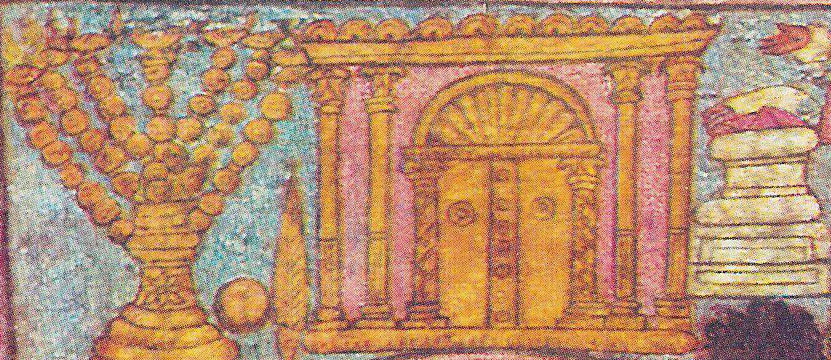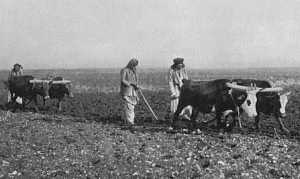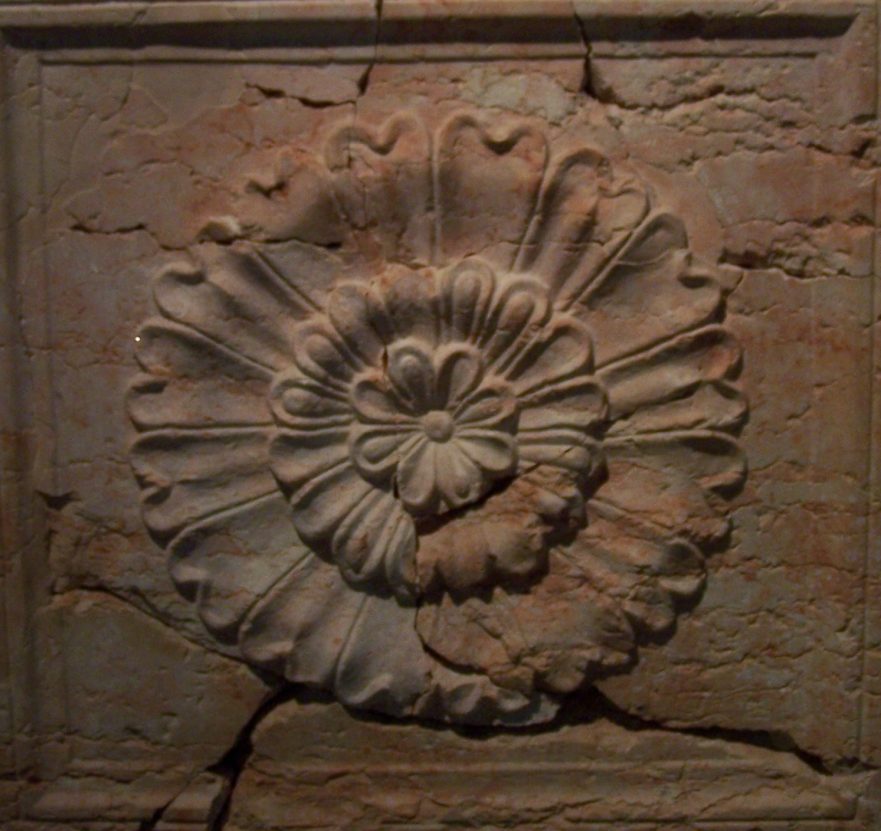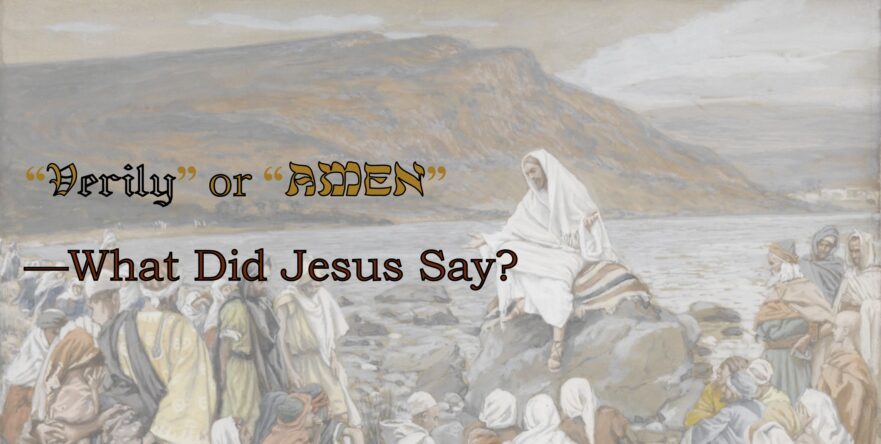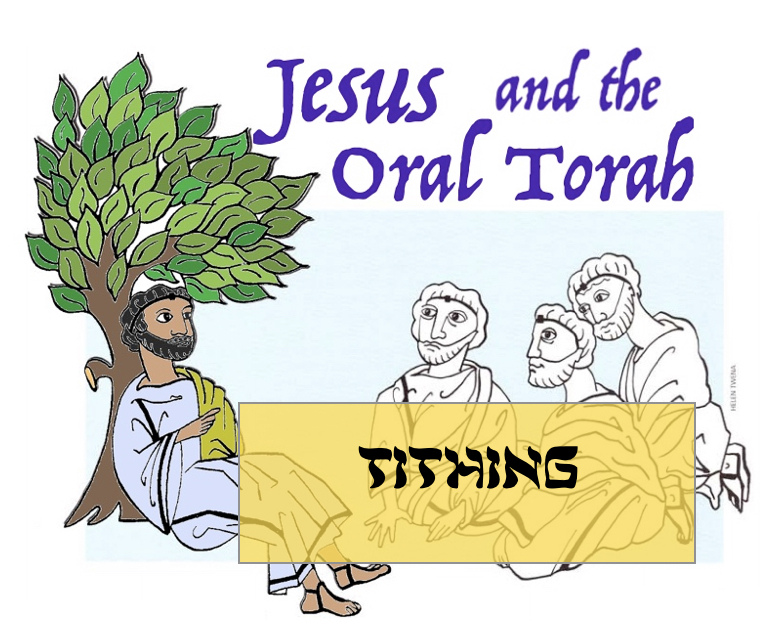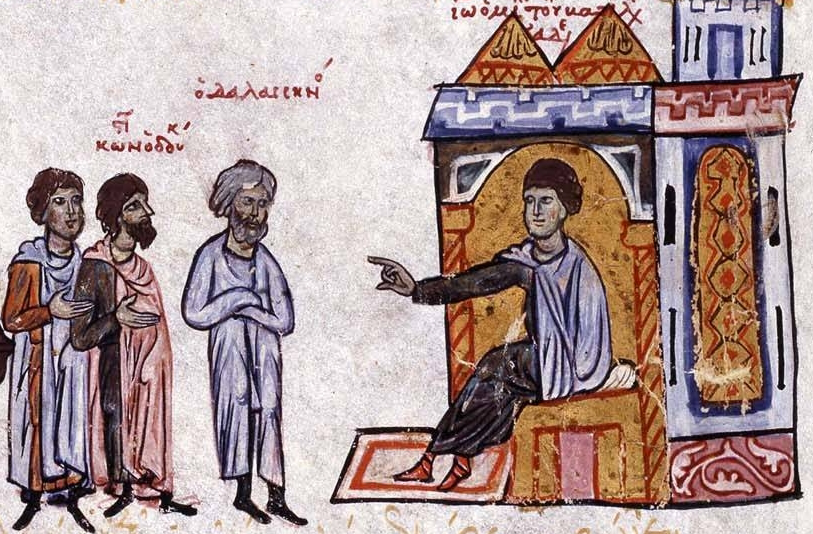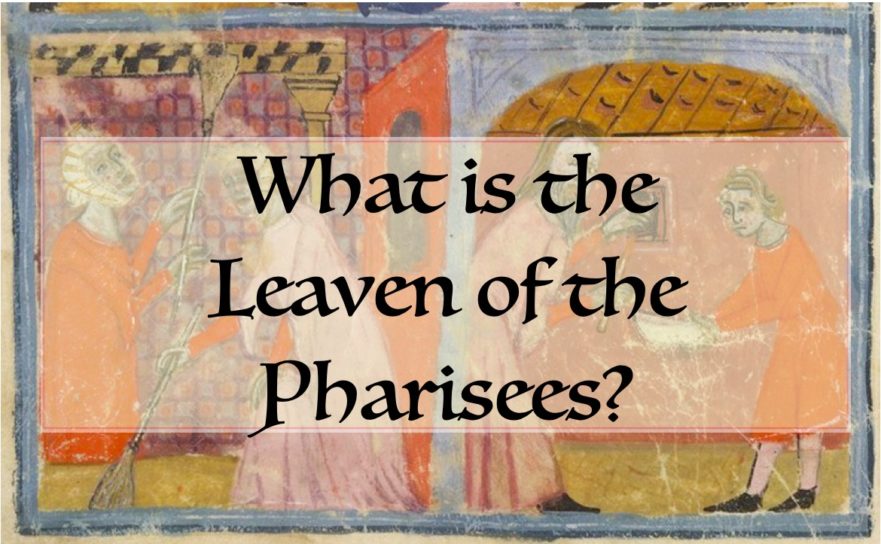If the argument for the Jewish matrix of the early Jesus-centered tradition is taken seriously, the New Testament sources should be expected not only to react to elements of that matrix, but also to reflect them. It is here that study of the Jewish setting of early Christianity for the sake of better understanding the latter morphs into the investigation of early Jesus movement sources as witnesses for broader Jewish tendencies. Scholars of Qumran developed salient methods and insights that allow us to learn from the Scrolls not only about the particular group that seems to have produced them, but also about its rivals as well as “wider Judaism.” It stands to reason that a similar effort can contribute to critical assessment of the “witness value” of the earliest Christian writings: We can suppose that much of the material found there mirrors more general patterns of broader Jewish thought and practice.


